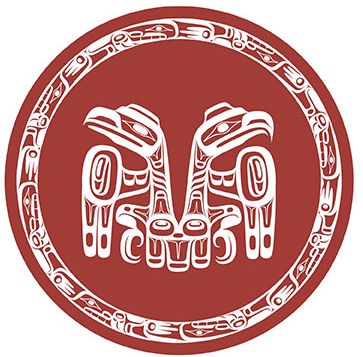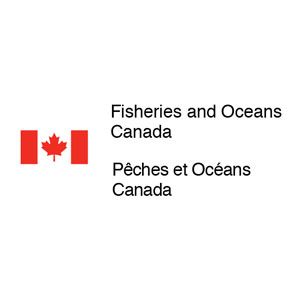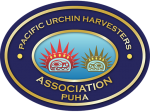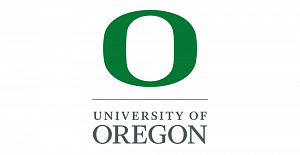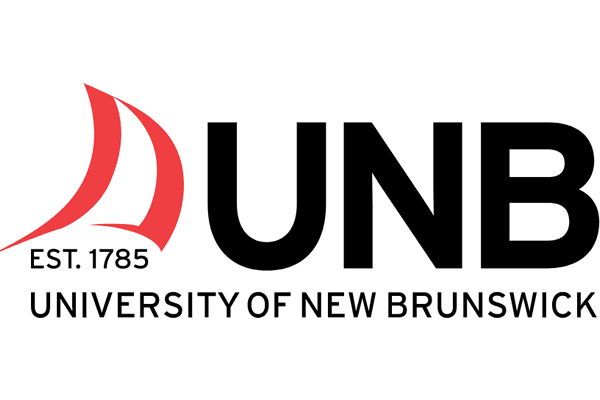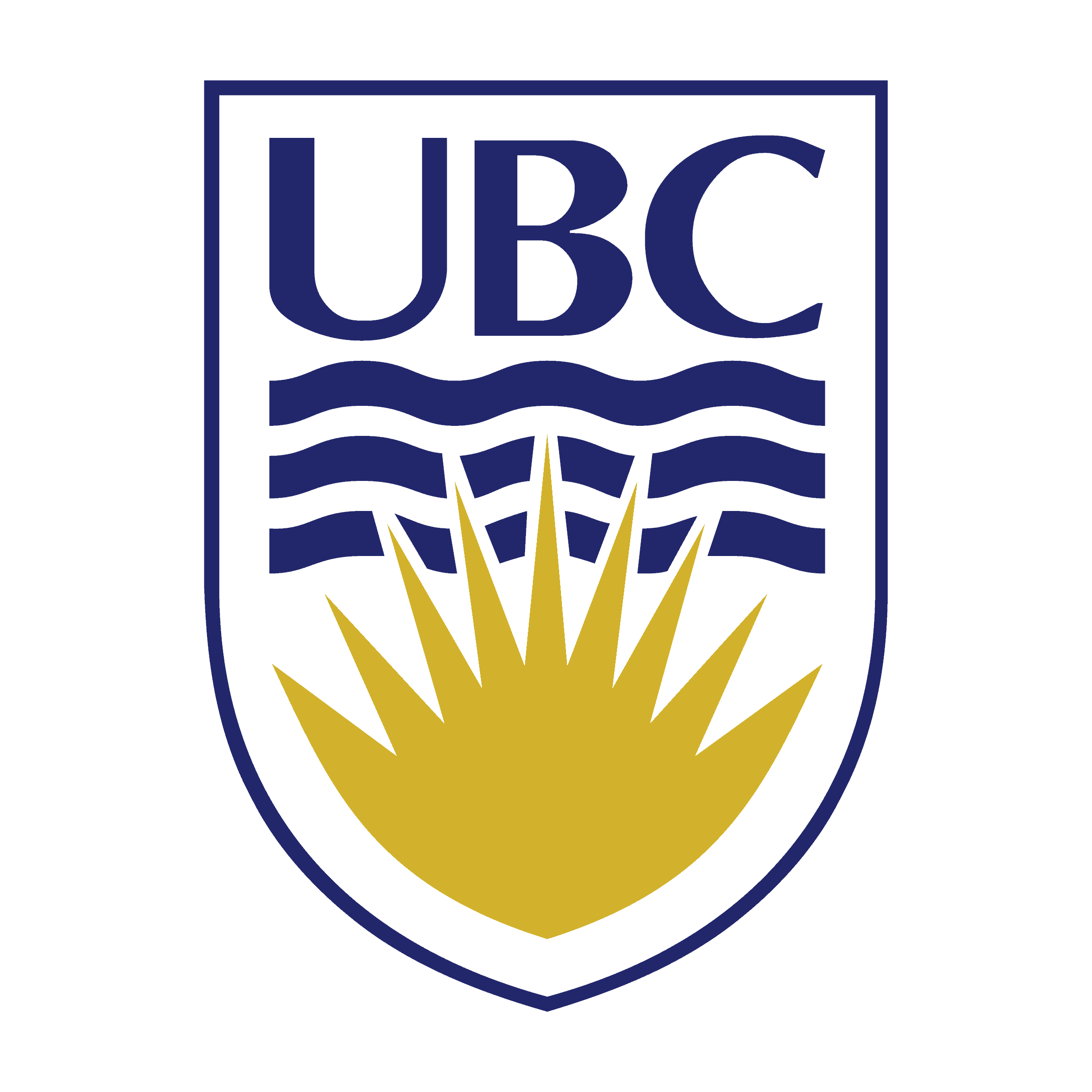Restoration Objective:
Project team aimed to restore kelps to enhance the marine health of kelp forests along 3 kilometres of coast in Gwaii Haanas National Park Reserve, National Marine Conservation Area Reserve, and Haida Heritage Site, and in turn provide kelp habitat for a range of ecologically, culturally and economically important species such as abalone, rockfish, and lingcod. Larger kelp forests also benefit coastal communities by increasing coastal productivity, supporting ecologically sustainable use.
Site Selection Criteria:
A subtidal rocky reef coastline that was known to be important to culturally important and endangered northern abalone was selected. It was also a location along an island where terrestrial habitat restoration had occurred.
Cause Of Decline:
Overgrazing by red and green urchins has resulted in declines in Nereocystis and understory Laminariales kelp cover at the restoration location on Haida Gwaii.
Key Reasons For Decline:
Overgrazing
Predator Loss
Climate Change
Scientific Paper
Chiixuu Tll iinasdll: Indigenous Ethics and Values Lead to Ecological Restoration for People and Place in Gwaii Haanas
Ecological Restoration.
https://muse.jhu.edu/article/793659


